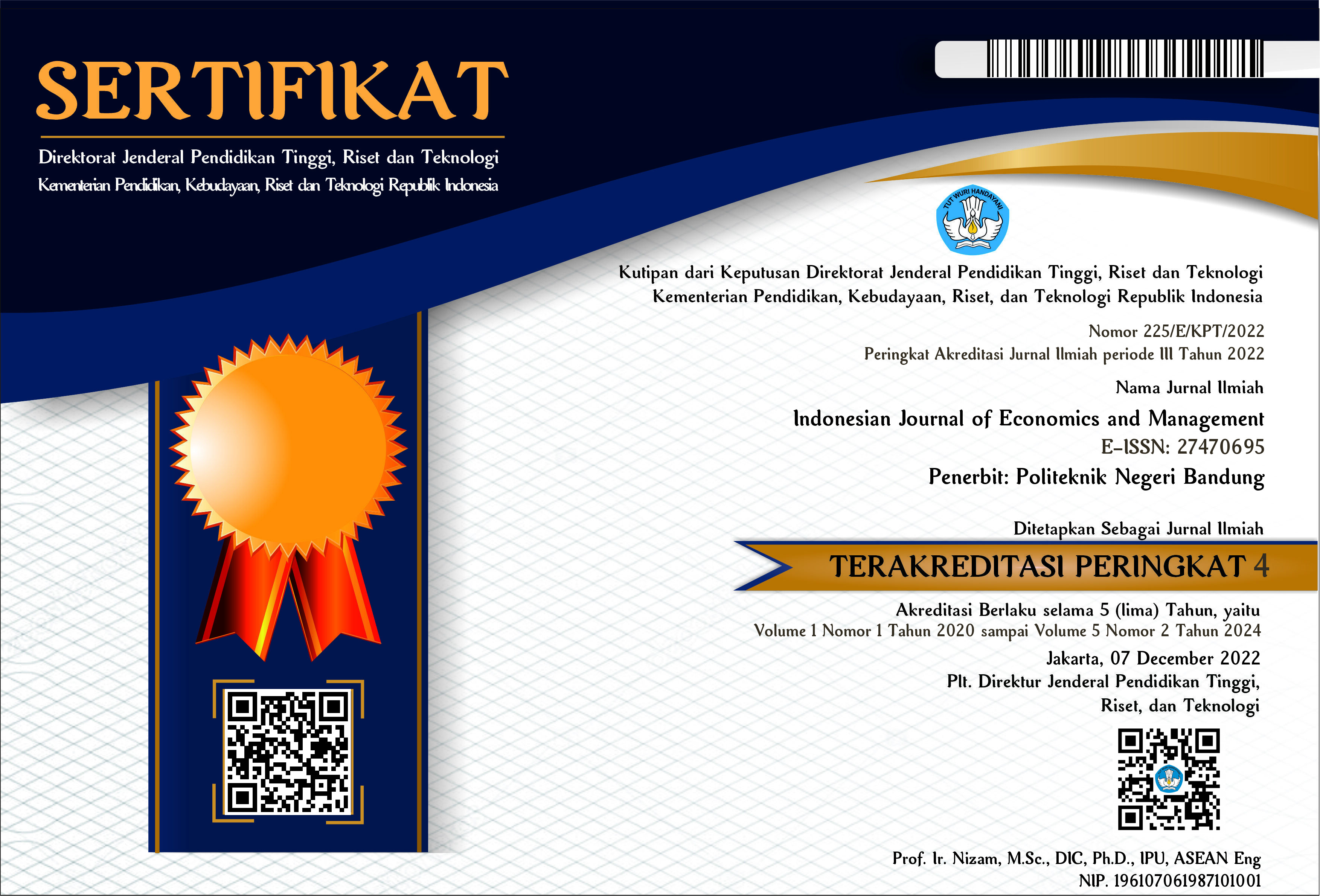Forecasting Analysis of the Development of Fintech Lending Financial Performance in Indonesia
Abstract
Fintech lending is one of the digital financial innovations that is currently popular in Indonesia. The unbankable community benefits greatly from the existence of Fintech lending, and has the potential to bring change to the financial industry. However, in the relatively new journey of fintech lending, the industry is experiencing obstacles such as compliance problems with loan repayments by borrowers and security problems. The presence of fintech lending is considered capable of contributing to financial inclusion which can provide a great opportunity for the public to more easily obtain capital loans, for example, and will indirectly affect the country's economic growth. The purpose of this research is to examine fintech lending financial performance in Indonesia. This research predicts the development of fintech lending financial performance in Indonesia using the ARIMA method. The predicted financial performance variable is TWP90 which is a measure of the level of default or negligence in completing obligations stated in the agreement above 90 days from the due date. This research takes monthly TWP90 data from January 2018 to May 2023 and forecasts data for the next 12 months, until May 2024. The best ARIMA model for forecasting TWP90 fintech lending financial performance data is ARIMA (0,1,1). Forecasting results show that the financial performance of TWP 90 fintech lending over the next 12 months will experience an increasing trend but is still below the alert limit set by the OJK.



